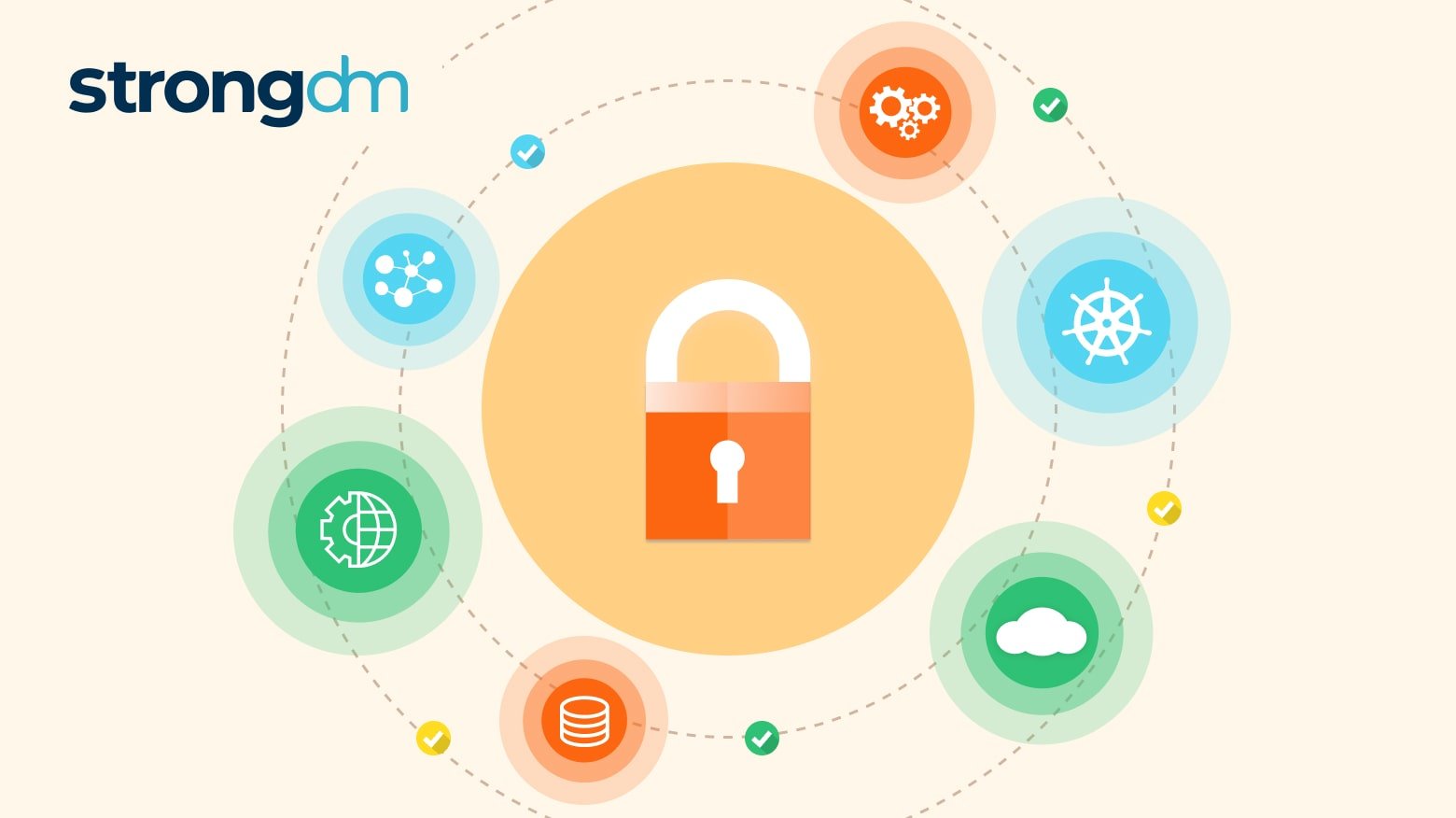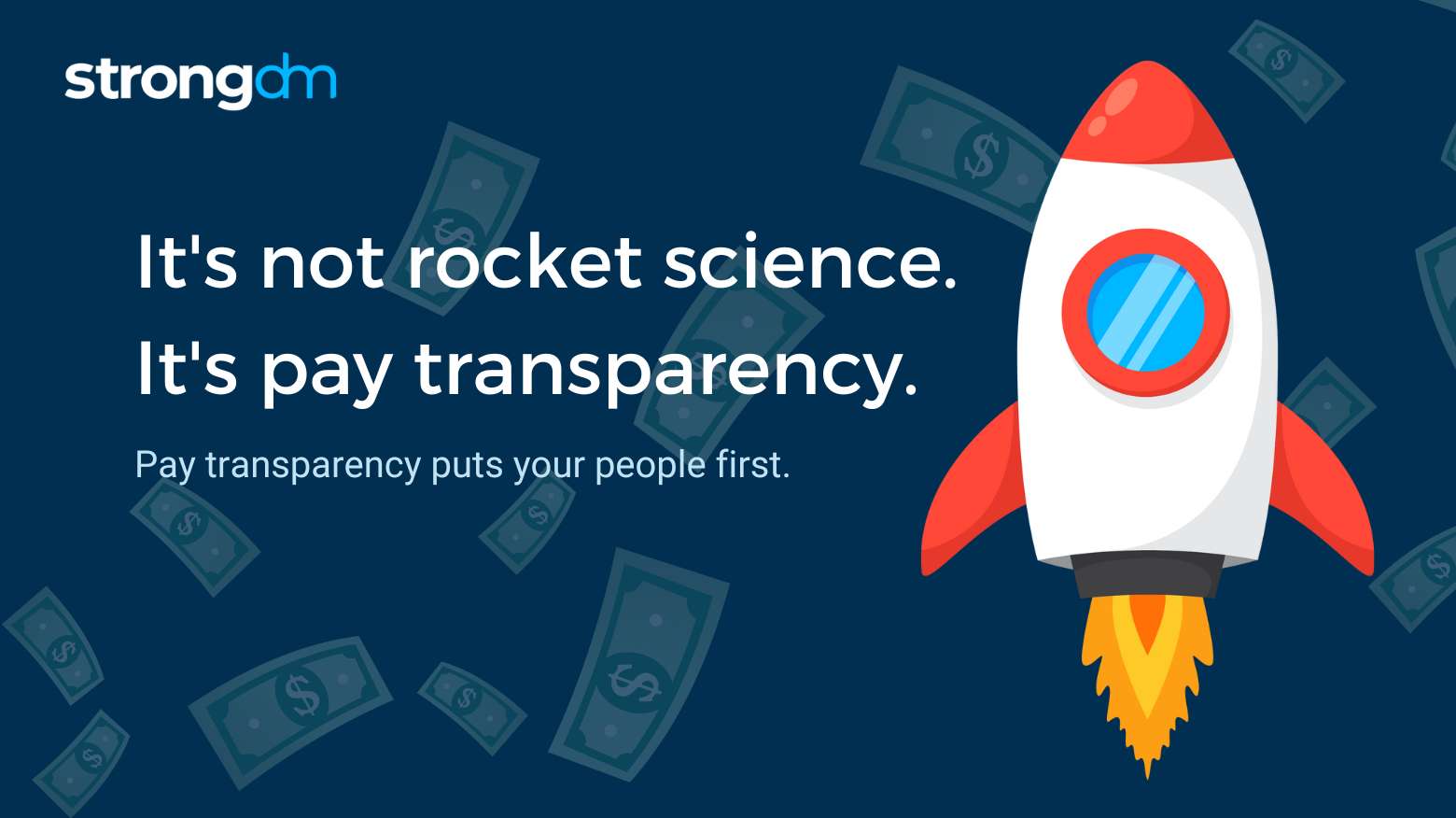AWS Secrets Manager is a popular and highly intuitive secrets management tool that lets organizations automate secrets rotation processes and securely store, manage, and audit IT credentials. However, certain AWS Secrets Manager alternatives are available if you are looking to avoid getting tied down exclusively to AWS products or prioritize efficient user onboarding. In this product comparison guide, we evaluate AWS Secrets Manager competitors that can fill in some of its product gaps.
Posts by Category:
- Security
- Access
- DevOps
- Privileged Access Management
- Auditing
- Zero Trust
- Compliance
- Policy
- Databases
- SOC 2
- Authentication
- Identity and Access Management
- Team
- Compare
- Engineering
- Integrations
- Product
- Kubernetes
- AWS
- Productivity
- Podcasts
- SSH
- Observability
- HIPAA
- ISO 27001
- Role-Based Access Control
- Dynamic Access Management
- Secure Access Service Edge
- Webinars
- Events
- NIST
- Onboarding
- Passwordless
- Offsites
- Platform
- PCI
Microsoft Azure Key Vault is a cryptographic and secrets management solution for storing encryption keys, certificates, and passwords. While known for its interface simplicity and robust security, users should look to Azure Key Vault alternatives if they prioritize employee onboarding automation or need quick and easy implementation. This article evaluates Azure Key Vault competitors regarding security features, pricing, and usability to identify the best alternative options.
Google Cloud Secret Manager is an intuitive platform for managing API keys, user passwords, digital certificates, and other sensitive data and administering access control policies for business resources. While cost-friendly and reliable for securing Google Cloud applications, you should look to other Google Cloud Secret Manager competitors if you manage complex infrastructure and need multiple integrations.

Concerned about providing secure access to the data and tools employees need to do their jobs in a cloud or hybrid environment? Don’t worry. Solid strategies exist for protecting distributed resources. Zero Trust and SASE are two architectural approaches that provide strong security in today’s cloud-first world. The information in this article will help you decide which strategy works best for your business. Robust cloud security is attainable.

Secured authentication to databases and applications is crucial to enterprise cybersecurity management. Unfortunately, 82% of all breaches involve human error, including misused or compromised credentials that give threat actors unauthorized access to network resources. Luckily, there’s a solution that ensures security without the risks that come with traditional, credential-based authentication. This article discusses token-based authentication and explains why it's a reliable and flexible

Is your organization overwhelmed by rampant service account sprawl? Rest assured, you can regain control. Modern Privileged Account Management (PAM) tools and practices empower you to overcome the challenges of unchecked service accounts. The information in this article will help you understand the meaning of service accounts, so you can manage your organization’s service accounts more effectively and mitigate their risks. Robust security is attainable for all your privileged accounts.

A continuous integration, continuous delivery pipeline—or CI/CD pipeline—is a process workflow companies use to streamline and automate software development. A CI/CD pipeline automatically builds and tests code changes to detect bugs before the new code is merged and deployed.

While some interview jitters are normal, we believe the interview process should be more exciting than nerve-racking. At StrongDM, we try to make interviewing a little less hair-pulling by focusing on genuine human connection. Because finding your dream role at the right company shouldn’t feel scary.

Cloud native security solutions can help organizations like yours protect your cloud resources, no matter when you transitioned to the cloud. Here’s everything you need to know about integrating cloud native security.

Today there are numerous technologies and solutions to help organizations create an active onboarding experience for employees. But what do the employee onboarding statistics say about the process?

Get more value from StrongDM. Learn about the new StrongDM desktop client, secret store integrations, and more.

There’s a reason car salespeople ask, “What do you want your monthly payment to be?” when prospective customers walk onto the lot–there is power in asking the question first. In a recruitment setting, the power dynamics are wildly in favor of the company side of the equation unless the company practices pay transparency.


